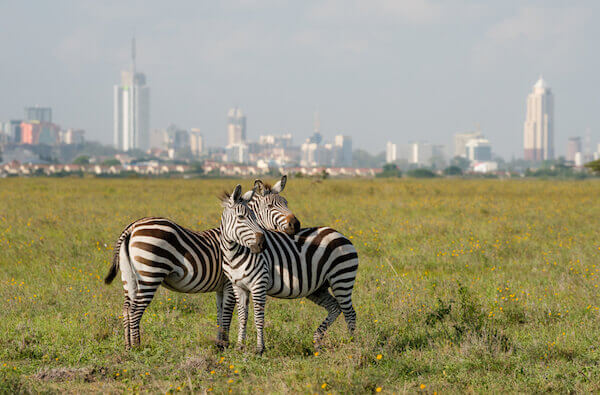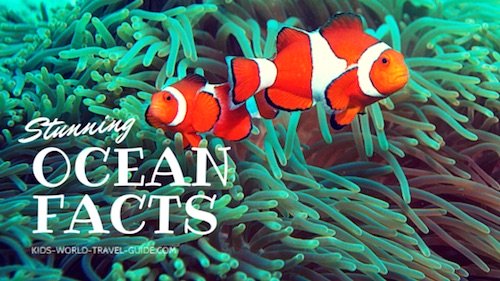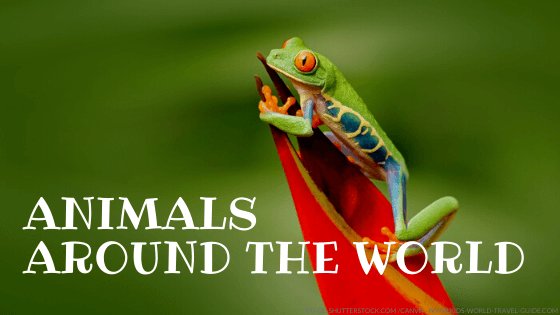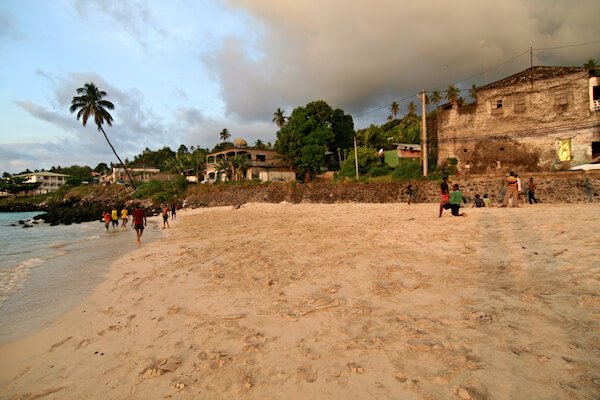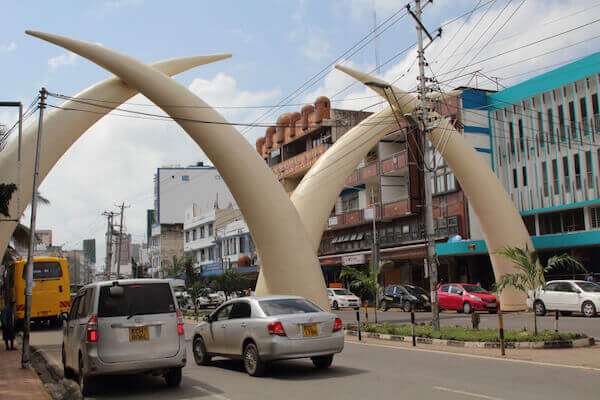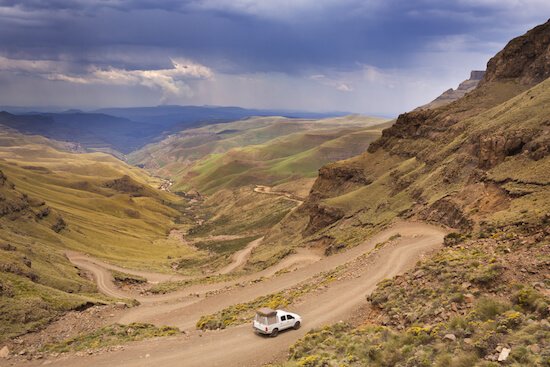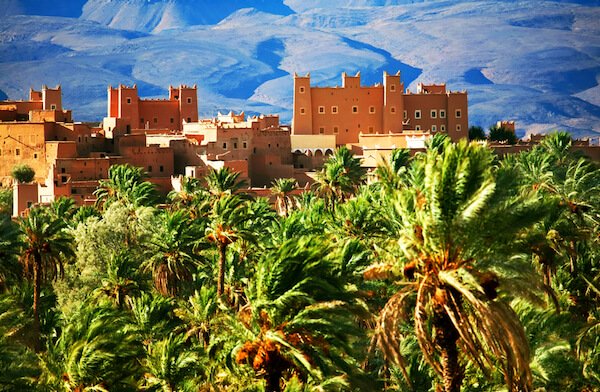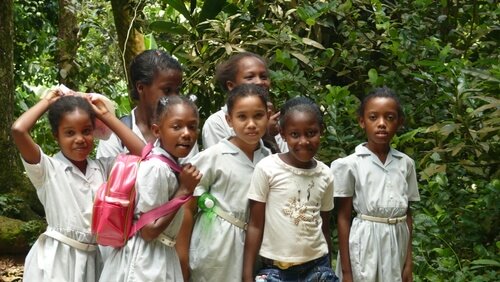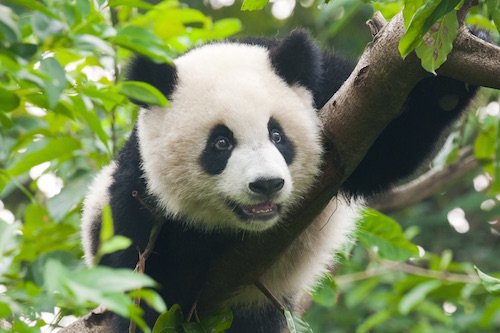- Homepage
- Animals in Madagascar
Animals in Madagascar
Malagasy animals you should know about
There are truly unique and fascinating animals in Madagascar!

In fact about 9 out of 10 animals in Madagascar are endemic or native only to this huge island country. Madagascar has more than 100 species of lemurs and several unique species of birds, bats, reptiles and amphibians!
Endemic animals in Madagascar
Land of the Lemurs!
Madagascar has a rich animal life and birdlife. However, the Indian Ocean island is famous mainly for the fascinating lemur species. All of Madagascar's 100 lemur species are endemic or native to the island.
Lemurs are primates and come in all sorts of shapes, sizes, and colours. Some lemurs are as small as a mouse, while others can be as big as a cat.
Almost one in three lemur species (31%) in Madagascar are critically endangered and at great risk of extinction.
Various conservation programmes exist and luckily there is more awareness now and steady progress is made. Thus lemur numbers fortunately are rising again in recent years mainly due to legislation efforts and various protection measures.
15 Animals in Madagascar you should know about
Here are some unique and some typical animals in Madagascar you should have heard about:
Aye-aye
The aye-aye is the largest of all night-active primates. The diet of this lemur with extraordinarily large ears consists of insects, particularly insect larvae found by tapping on trees with their specialized middle finger.
The aye-aye is about 36-43 cm/ 14-17 inches long and has a bushy tail that is around 56-61 cm/ 22-24 inches long.
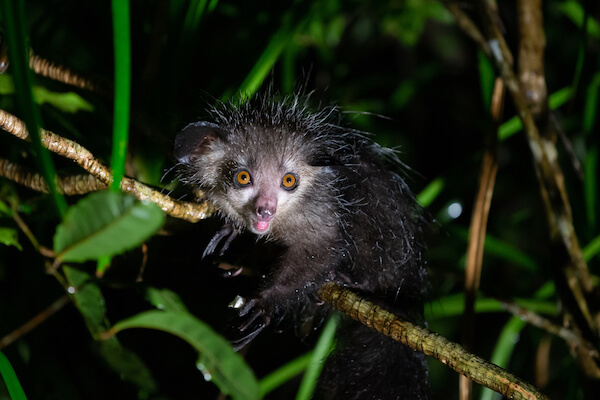 Aye-aye
Aye-ayeThe aye-aye is listed as endangered due to habitat loss and superstitions. Read more about the aye-aye here.
Ring-tailed lemur
Ring-tailed Lemurs live to sit, eat and sleep in the branches of the forested areas but also love to forage on the ground and to sunbathe in open areas of the woods.
They eat fruits, leaves, flowers, and sometimes insects. Ring-tailed lemurs grow to about 38-45 cm/ 15-18 inches tall. They have a long striped furry tail with exactly 13 bands of black and white colour.
 Ring-tailed lemur
Ring-tailed lemurThis lemur species is quite common in southwestern Madagascar and the animals can be seen moving on all fours on the ground searching for food or relaxing.
Zebu
The zebu is the typical cattle in Madagascar, or more exactly a humpback ox. The Malagasy people refer to it as "omby". The zebu has a fatty lump on the shoulders and are well adapted to the hot and dry climate of Madagascar.
 Zebu herd in Madagascar
Zebu herd in MadagascarThe people use this animal for farming or riding. Zebu are used for their meat, milk and skin and the dung is used as manure and sometimes as fuel.
The zebu is not native to Madagascar but was introduced by the Indonesian immigrants to the island. Zebus can be found in many countries as in India, where it is revered by the Indian people.
Madagascar Flying Fox
The Madagascar flying fox is a fruit bat as it eats fruits, nectar, and flowers.
 Fruit bats in Madagascar
Fruit bats in MadagascarThe Malagasy fruit bat is quite large and has a wingspan of about 1 m/ 3.3 feet and is up to 30 cm/ 12 inches long.
Fossa
The fossa is the largest mammal of Madagascar. The animal is around 1.8 m/ 6 ft in length, including their long tail.
 Fossa
FossaThe fossa hunts and feeds on lemurs, small mammals, birds, and reptiles.
Due to habitat loss, the fossa is considered vulnerable.
Indri | Animals in Madagascar
The indri is like all lemurs endemic to Madagascar. Also referred to as babakoto, this animal is one of the largest on the island in the Indian Ocean. The indri can grow up to 72 cm/ 28.5 inches in length and can weigh up to 9.5 kg/ 21 lbs.

The indri's diet consists of leaves, fruits, and flowers and thus also this lemur is herbivore. Indris make loud roaring sounds or even wailing songs when communicating with others.
Sifaka
The Coquerel's sifaka gets its name from the call it makes when jumping in the trees: "Shif-auk" they shout out. These lemurs live in the dry forests of northwestern Madagascar.
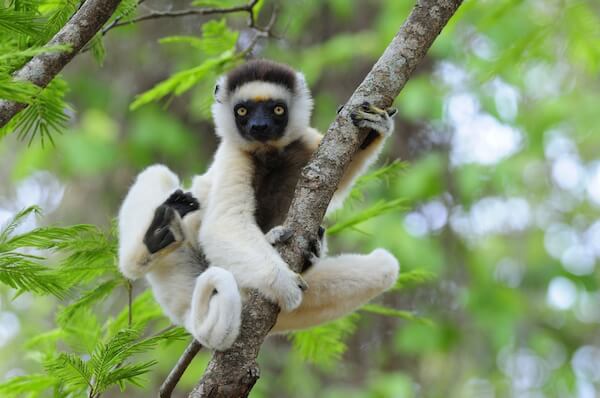 Sifaka
SifakaThe Coquerel's Sifaka raises one baby per year and the baby clings to the parent for the full first month! Only after this, they start hopping and leaping around!
These critically endangered lemurs have strong back legs and so they can jump over 6 m/20 ft. in distance! On the ground they hop sidewise and thus they are often referred to as dancing sifakas.
 Dancing Sifaka
Dancing SifakaPanther chameleon
Panther chameleons are quite common to spot in Madagascar. The diet of these colourful creatures consists of insects, such as crickets and other small invertebrates.

Adult male chameleons can reach around 43 cm/ 17 inches and females are slightly smaller.
Tomato frog
Due to habitat loss the Madagascar tomato frog is a vulnerable species. The frog eats small insects and vertebrates. The bright red frog grows to a size of about 10 cm/ 4 inches.
The tomato frog is a nocturnal animal and also breeds only in the rainy season.
 Tomato frog
Tomato frogThe frog puffs its body when feeling threatened and then releases a toxin. People can get an allergic reaction, but the toxic substance will not kill a person.
Red Ruffled Lemur
These lemurs with a red and coloured fur coat can be found in the forests in northeastern parts of Madagascar.
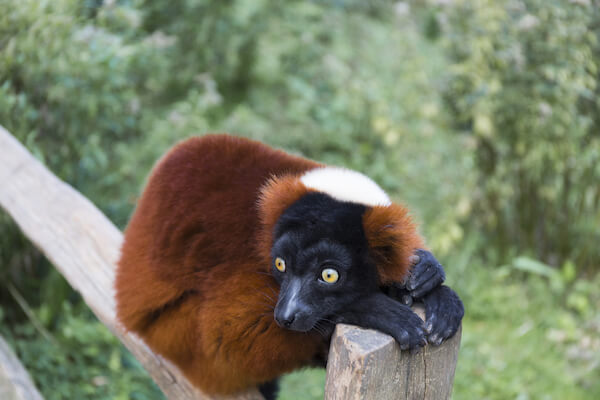 Red ruffled lemur
Red ruffled lemurThe lemurs are herbivores and eat mainly fruits, leaves and seeds. They are very small and
The red ruffled lemurs are a critically endangered species.
Dragonfly
The Madagascar jungle skimmer is a dragonfly with a shiny blue body.

This dragonfly is endemic to Madagascar. It is the largest dragonfly in the country. They live around ponds and near streams or water sources.
Blue-eyed lemurs
Amongst the most endangered primates are the blue-eyed lemurs. It is quite easy to distinguish between females and males in the blue-eyed lemurs as all males are black coloured while females are reddish-brown to orange coloured.
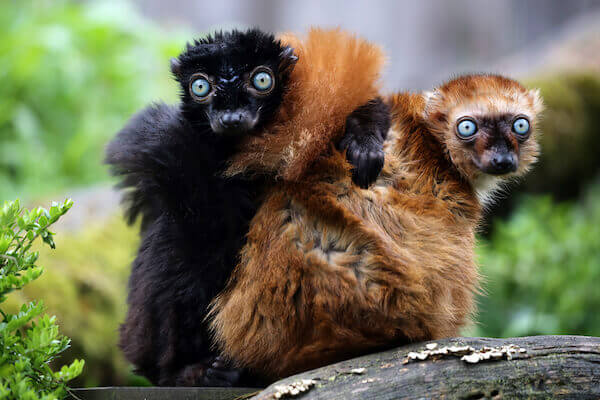 Blue-eyed lemurs
Blue-eyed lemursThe diet of blue-eyed lemurs consists of insects such as millipedes or leaves and flowers, fruit and mushrooms. The Malagasy call these lemurs "akomba".
Madagascar Birds
Pygmy Kingfisher
The Madagascar pygmy kingfisher is a colourful bird that lives in the forests of the island. The kingfisher is small and only about 10-12 cm/ 4-4.7 inches long.
 Madagascar king fisher
Madagascar king fisherThe kingfisher eats insects and other small prey.
Madagascar Serpent Eagle
The Madagascar Serpent Eagle is an endangered species that lives in the forests of northeastern Madagascar. This bird of prey rarely is seen outside the forest environment.
The Madagascar Serpent Eagle mainly feeds on small mammals, birds, reptiles, and amphibians and not really snakes.
The wingspan of this impressive bird of prey is up to 1.2 m/ 3.9 feet.
Extinct: Elephant bird
The elephant bird is probably the most famous extinct animals from Madagascar. This bird was a massive flightless bird that lived on the island and went extinct around 1,000 years ago. Its large eggs are some of the largest known eggs of any animal.
Popular Pages
Animals in...
Resources | Animals in Madagascar
- Lemur Conservation Network. "Learn about Lemurs". LemurConservationNetwork. Last accessed 6 February 2024
- Duke Lemur Centre. "Aye-aye." Duke Lemur Center. Last accessed 6 February 2024
- Peregrine Fund. "Madagascar Serpent-Eagle". Peregrine-Fund.org. Last accessed 6 February 2024
- Smithsonian's National Zoo. "Red ruffled lemurs." Smithsonian. Last accessed 6 February 2024
More about Madagascar
Countries bordering the Indian Ocean
News for Kids
More Countries in Africa
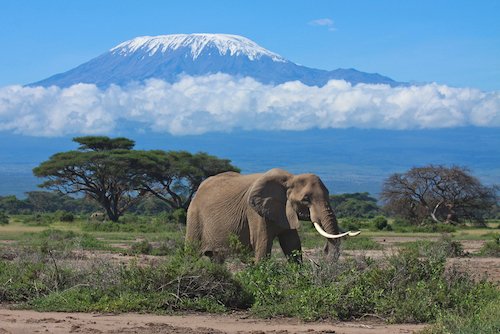 Tanzania
Tanzania








